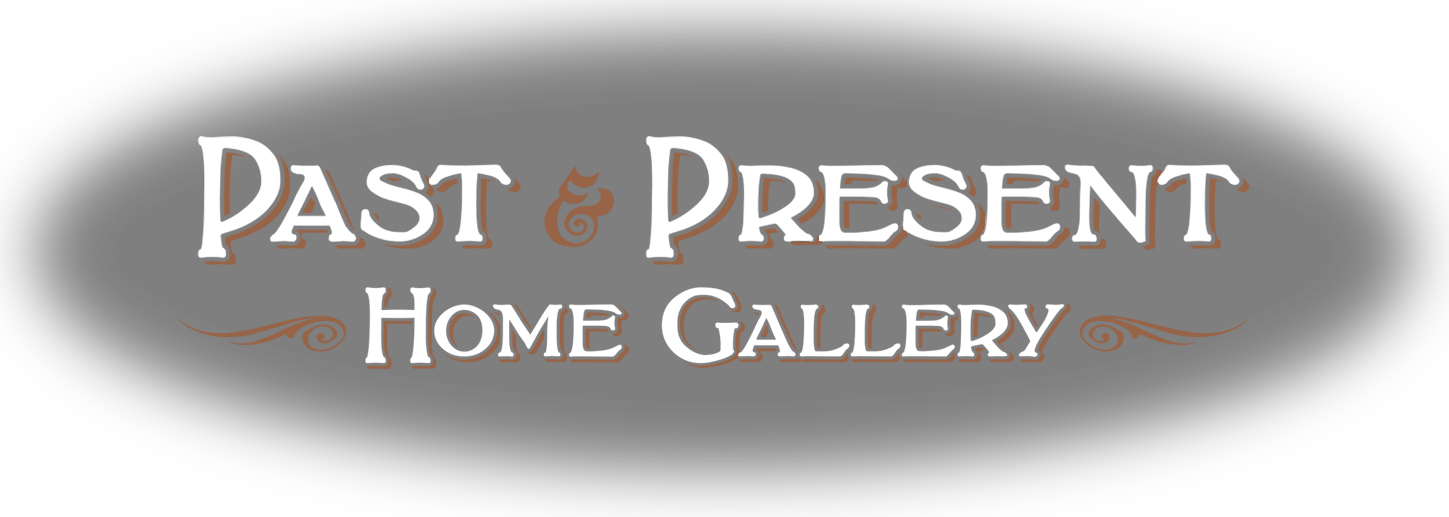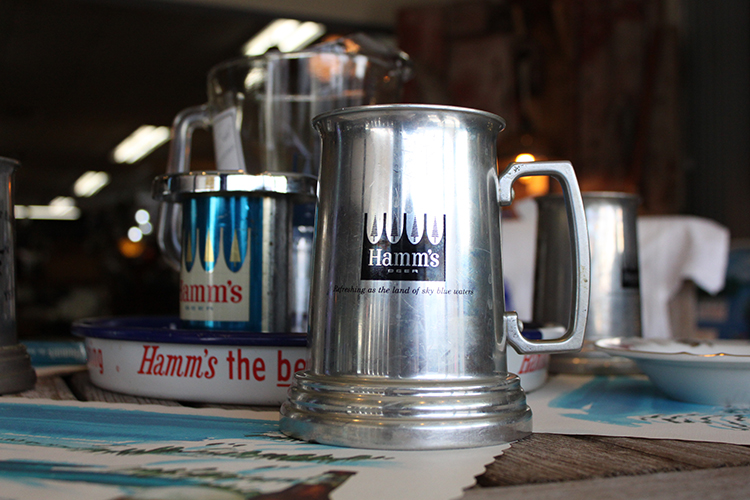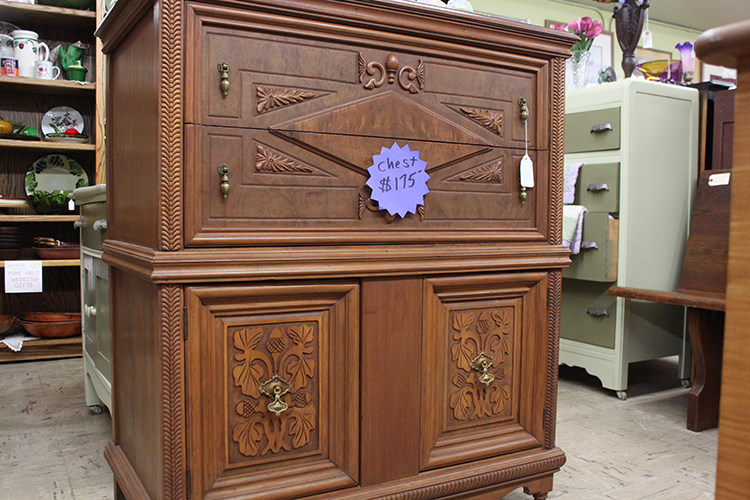As the holidays wind down and we settle back into our daily routines some of us may turn our attention to the football playoffs. While the Vikings are sadly not playing in the post season, it’s hard not to look forward to the Super Bowl and the many iconic traditions we find; including the commercials. Some family members watch for the game and some watch for the commercials. But how did the Budweiser Clydesdales and Campbell’s Chunky Soup become official sponsors of the National Football League? Well, it all started with a little bear from Minnesota:
The Hamm’s Bear: Pioneer of Sponsorship
At the dawn of the 1950’s, the Theodore Hamm’s Brewing Company, founded in 1865, was quickly becoming a household name. To properly promote the thriving brand, company president William Figge hired the Campell Mithun Advertising Agency based in Minneapolis, Minnesota to create an advertising campaign like non-other. During one of their lunch meetings, a sketch was drawn on a napkin of a bear. Campell Mithun account manager Cleo Hoval loved the idea of a bear being the brand’s spokesperson and the concept was accepted. Several variations of a bear were developed by the in-house artists, but it was the version drawn by Hoval’s friend, Ray Toffelson, that was finally chosen to be the official character design.
The Hamm’s Bear was first introduced to the public in 1953 and was an instant hit as well as a pioneer in advertising. He was the first animated spokesperson used for a beer brand and as the company continued to grow, became one of the most recognizable and best loved figures in advertising. The founder of Campell Mithun stated:
“We believe the legend of the Hamm’s bear, like that of Paul Bunyan, will grow greater and greater as time goes on.”
The Hamm’s beer brand continued to thrive and create new advertising opportunities. Hamm’s along with the Hamm’s Bear was one of the first companies to create official sponsorship advertising for college and professional sports. With breweries in California, Texas, Maryland, and Minnesota, the Hamm’s Bear rooted for teams like the Vikings, the Twins and Chicago White Socks, the San Francisco 49ers, and Dallas Cowboys. The campaigns had proved to be so successful that in 1964 Hamm’s claimed to be the largest sponsor of college and professional sports.
The Hamm’s Bear has become an official Minnesota icon. So much so that in the year 2000, the St. Paul Pioneer Press listed him as of the “150 Most Influential Minnesotans of the Past 150 Years.”
So, it seems that we can thank pioneers like the Hamm’s Bear for all of the Super Bowl commercials. But for now, come in and check out some of the “new” vintage Hamm’s memorabilia at Past and Present Home Gallery. Our selection includes glassware, signs, and various new-old stock pieces. Not that into Hamm’s? Check out the Man Cave for other brand memorabilia and advertising items. Can’t wait to see you at Past and Present Home Gallery, the antique store with character!



















